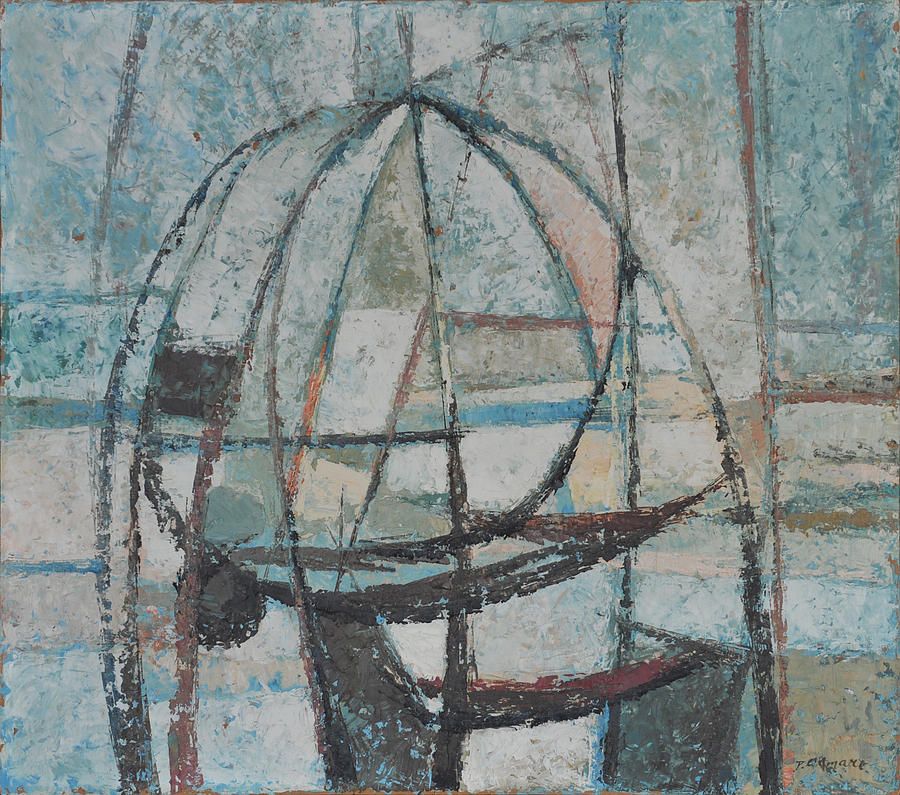Shadiness of life~~~~
Say, what would you make of life
Everything about it gives the impression
That we are free
Free to live, to be, to love, to choose
To decide for ourselves
Free to make things happen
To break things even
Yet
In some other way
It sounds so fishy!
Yes, why would the higher powers
Give us so much freedom
And even remain at our disposal
Ready to grant us our wishes
If we prayed honestly and with a pure heart!
Why, are we Gods,
And are the higher powers our servants?
Pray, such can never be
For our fates are chosen not by ourselves
Our fates are already pre set
Yet
Why would we be given so much power
So much freedom
So much authority
In a world where living has no aim
In a world filled with abstraction
And false pleasures?
Pray, worry I so much about my own existence
Worry I so much that ready I am to forsake life's
dance
Yes,
So many paths are thrust on our faces
Each imposing its own truth on us
Each bidding us to recognize it as genuine
Yet
Of the integrity of each, we have no solid proof!
Life is tricky
Life worries me
I live as if I were an animal in a glass cage
From outside, I can be observed
But from where I am, I see only the blue skies
Veiled and mysterious!
Why, to the higher powers do I choose to bow
I am not one of the Gods
I am a mere particle of dust, a grain of sand
Lost somewhere on the vast shore of the universe
To the whims of my own existence I am lost
Someday, I trust, I shall be allowed to come out of
my cage
And see!

The Glass Cage -- Pierre Lamare
“I work and photograph while hoping to stop everything. In that sense, my work may be some kind of revenge drama about living now.” From the day Fukase Masahisa met his second wife, Wanibe Yōko, he took no photos except of her; 13 years later, in 1976, she left him, calling their life together “suffocating dullness interspersed by violent and near suicidal flashes of excitement;” he assembled her pictures in the book "Yōko" in 1978. Meanwhile, from 1976, out of grief and despair, he devoted himself solely to photos of ravens until 1982, after his marriage to the writer Mikanagi Rika, when he proclaimed that he himself had become a raven; these experiments with color film, multiple exposure printing, and narrative were published in 1986 as "Karasu" (Ravens), which in 2010 the "British Journal of Photography" proclaimed the best photobook of the last 25 years. These two periods marked the highlights of his photographic career, but they were not his only works. His family ran a photo studio in Bifuka, Hokkaido, but he moved to Tokyo in the 1950s. In 1961 his gruesome photos of the Shibaura slaughterhouse led to his series, "Kill the Pigs." Subsequently he experimented with various journalistic and artistic styles, contributing dozens of photo essays to such magazines as "Camera Mainichi," "Asahi Camera," and "Asahi Journal." His first photobook, "Yūgi," described as "self-representation" even though it contained no photos of himself, was published in 1971 and included numerous photographs of his first wife, Kawakami Yukiyo (and also pictures of Yōko). His photo essays "Natsu no nikki" (Summer Journal] of December 1972 and "Fuyu no nikki" [Winter Journal] of June 1973 formed "A Play." Throughout the 1970s and 1980s he returned regularly to Bifuka and made large-format family portraits, published in the book "Kazoku" (Family) in 1991. “Bukubuku,” which was exhibited in 1992 show (and published as a book in 2004) was a series of his face shot underwater in the bathtub. Between 1990 and 1992 he chronicled the surfaces of Japanese streets, focusing on signs painted on the ground, cracking asphalt, and dripping water, and then applying Day-Glo paint over the bromide prints in the darkroom. These were discovered after his death and published in 2016 as "Hibi" (Crack). In 1992 he fell down the steep steps of his favorite bar in the "Golden Gai" area of Shinjuku, Tokyo, a a network of six narrow, dimly-lit alleys connected by even narrower passageways which are wide enough for a single person to pass through; the area contains over 200 tiny shanty-style bars, clubs and eateries in buildings a few feet wide, built so close to each other that they nearly touch. Most are two-story, with a small bar at street level and another one or a tiny apartment upstairs. Fukase remained in a coma caused by traumatic brain injury until his death in 2012, during which time Yōko visited him twice a month. “With a camera in front of his eye, he could see; not without,” she said.
ReplyDelete